From Haiti to Sir Mix-a-Lot: The history of red beans and rice
- Oops!Something went wrong.Please try again later.
You can trace the ancestry of any popular dish by first looking at its ingredients. This might seem obvious, but when you actually put it into practice, fascinating stories emerge. Which is the case with the melting pot of deliciousness that is red beans and rice.
Red beans and rice, as it is known today, involves red kidney beans simmered to creamy softness, combined with onion, garlic and other vegetables, sausage, a soupy stock and, of course, rice.
While red beans and rice is most popularly associated with New Orleans, or, more colloquially, Sir Mix-a-Lot’s 1992 hit “Baby Got Back,” its history actually goes back much further than that — from the second largest continent to an island nation known as the first free Black republic in the world.
New Orleans-Style Red Beans and Rice by Toya Boudy
Where did red beans come from?
“To understand the history of red beans and rice, you have to really look at the transatlantic slave trade,” Brigid Washington, journalist, educator and author of “Caribbean Flavors for Every Season,” tells TODAY.com.
Washington points to the fact that when African people were first taken from their homeland, they brought various foods with them across the middle passage, including okra, yams, black-eyed peas, rice and other foods that have become American staples. Those plants were grown in the gardens of slave quarters, eventually finding their way into the gardens of their enslavers, such as George Washington and Thomas Jefferson.
“It’s really powerful because it’s not an accident that beans and rice throughout the world, in any culture, Indian culture, Asian culture, African culture, is a complete currency,” Washington says.
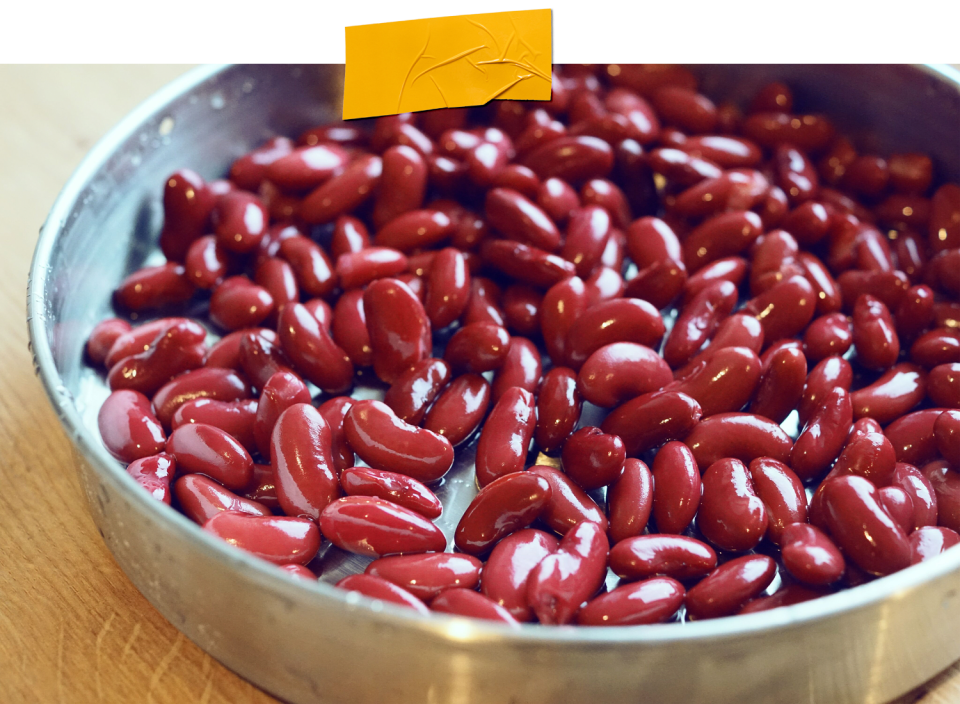
While red kidney beans are widely considered to have originated in Peru in 8000 B.C., they, along with other common beans like green beans and black beans, have been spread by migrating tribes for literal millenia, eventually finding their way into the diets of the Native Americans, who would later influence the use of those ingredients in the Americas.
What is the likely origin of red beans and rice?
One may think that most New Orleanian food comes from French influence, and it does, but that myopia very much ignores those who shaped everything in the lakeside city, from its food to its street names: the Haitian people.
“Think about the three places that red beans and rice are emblematic,” Lolis Eric Elie, writer, journalist, documentary filmmaker, food historian and author of “Treme: Stories and Recipes from the Heart of New Orleans,” tells TODAY.com, referencing Haiti, New Orleans and Cuba, where the dish is simmered with ham. “During the Haitian Revolution, Haitians of all colors and social designations fled to two places, they went to eastern Cuba and New Orleans.”
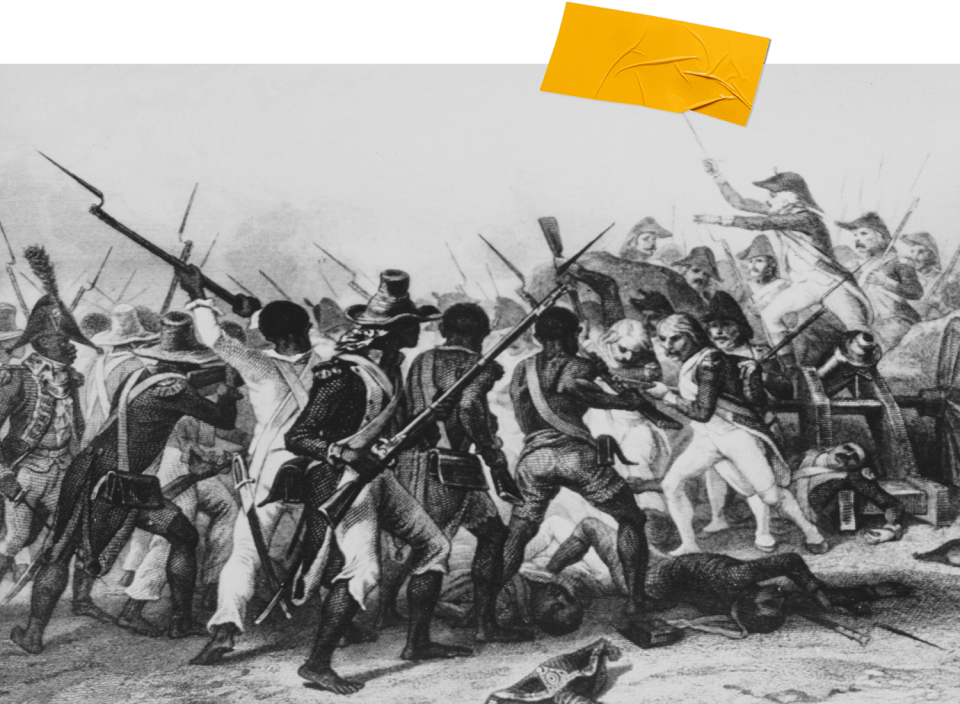
After the Haitian people gained independence from the French on Jan. 1, 1804, free Blacks, whites and formerly enslaved folk fled the country for the first time. Initially, nearly 10,000 Haitians arrived on American shores, making New Orleans their new home and nearly doubling the city’s population at the time. Between 1791 and 1810, that number grew to more than 25,000 refugees, and they had a big influence on the music, food, architecture of New Orleans.
“It seems to me — and I emphasize the words ‘seems to me’ — that that is the Haitian influence,” Elie says, adding that there are still people in the part of Cuba where Haitians settled who speak Creole. “People talk about New Orleans and they always try to define our food by French and to a lesser extent, its Spanish influences, but they conveniently forget that the most recent large influx of francophone people came from Haiti, not from France.”
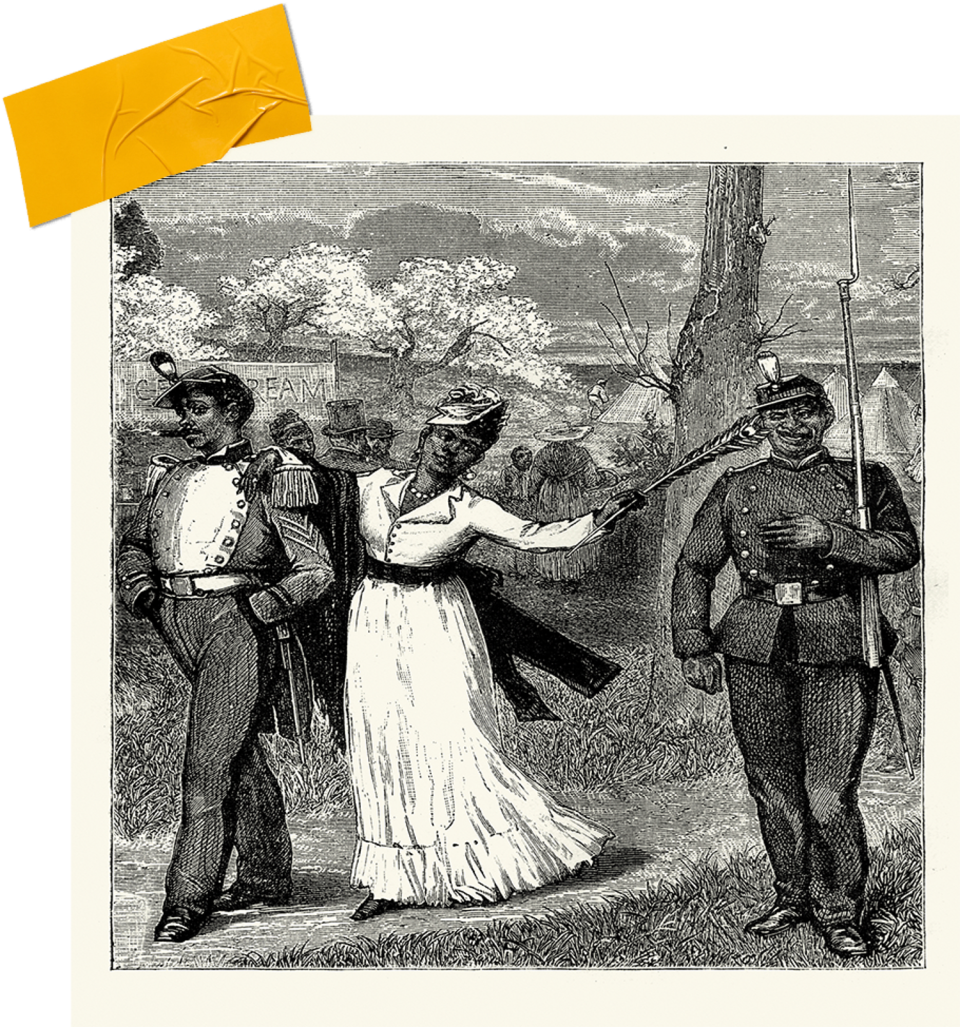
There is a Haitian recipe for red beans and rice (also known as diri kole ak pwa wouj) that has been made by Haitian people and their descendants for decades, utilizing epis, Haiti’s emblematic seasoning base. When the dish is made in New Orleans, however, it is made with what city dwellers call the “holy trinity”: celery, bell pepper and onion, though many New Orleanians also add cayenne pepper, smoked andouille sausage and more.
The tradition of red beans and rice
Iconic trumpet player, singer and famous New Orleanian Louis Armstrong used to sign his letters “Red Beans and Ricely Yours,” as it was his favorite dish. In fact, he and his wife Lucille Armstrong wrote a recipe for the dish found in the historic Louis Armstrong House, titled “Pops Favorite Dish.” But this isn’t the only documented way that New Orleans and the dish became forever intertwined.
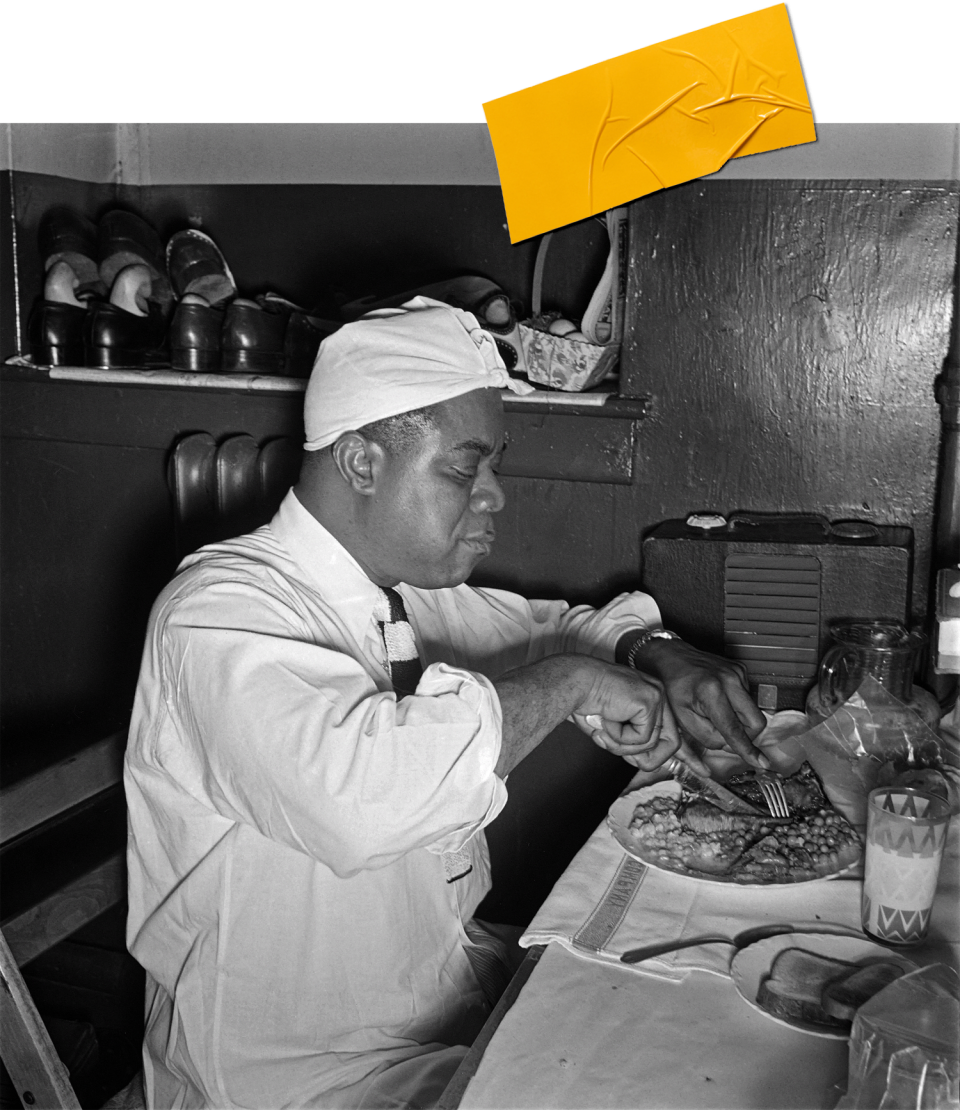
“Red beans were a very popular dish to make on Mondays, which was considered a wash day, so you wanted to put something on the stove that would take a long time to cook and meld flavors while you did your chores,” Adrian Miller, culinary historian and author of “Soul Food: The Surprising Story of an American Cuisine, One Plate at a Time,” tells TODAY.com.
Historically, families would typically have a big Sunday meal, which often included ham. Thus, on Mondays, one could stew a large pot of red beans, which hold their shape well during a long cooking period, with the leftover hambone from supper. Miller says that because rice, like sugarcane, was cultivated in the area, it became a go-to pairing for the dish.
“You could put on a pot of beans, go wash some clothes, come check on ‘em and put the clothes on the line, come check on ‘em, so I think that’s a big part of it,” Elie adds.
Elie also points to the fact that restaurants in New Orleans would have daily specials: Mondays for red beans and rice and Fridays for fried fish, and so on. Some of these traditions still exist to this day in some Big Easy eateries. “That became a part of the culture,” he says.
Red beans and rice today
The tradition of red beans and rice in New Orleans has come to mean stability for a city that has been through so much.
“Hurricane Katrina struck on a Monday,” Elie says, adding that after the hurricane, many folks fled to Baton Rouge and other towns north of the flood zone. “Though a lot of things were still up in flux, by the following Monday, you had at least some sense of where you’re going to be staying for the next few days, few weeks, few months.”
Elie says that a lot of folks he knew gathered at a house in Baton Rouge and the renters of the property invited a large group of people in for dinner, which included red beans and rice.
“Mind you, that had at least a double meaning: One, it was Monday, and that’s our tradition,” Elie says. “But number two, it was an affirmation of our city.”
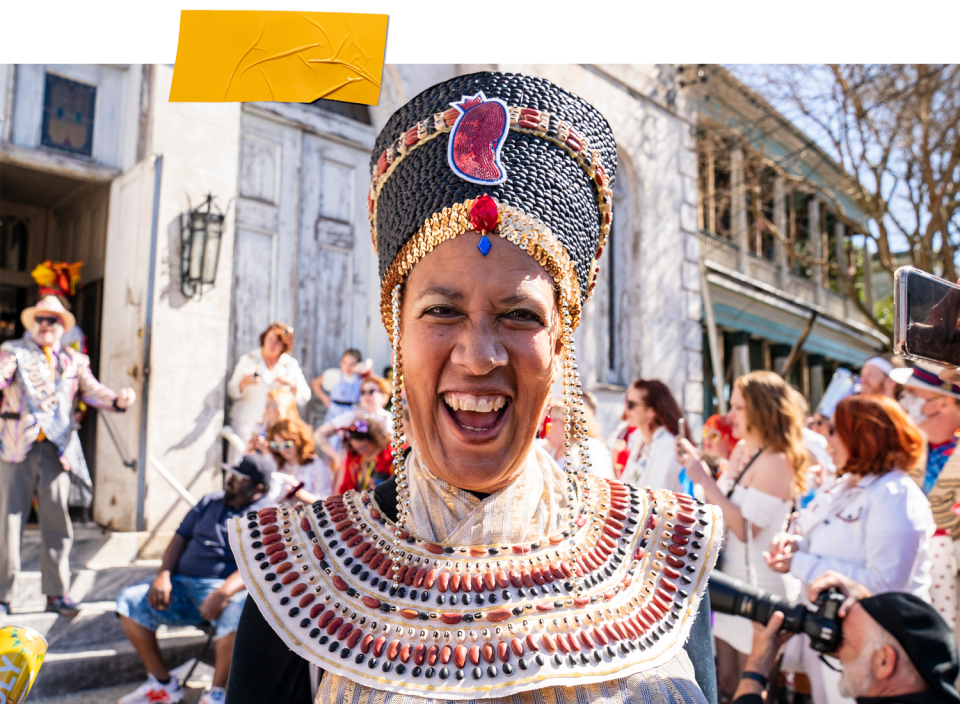
Every year during Lundi Gras (Fat Monday), a New Orleanian group founded in 2009 called the Krewe of Red Beans marches in a parade dedicated to the bean. Parade participants wear intricate costumes literally covered in beans, because, as the parade’s organizer Devin Dewulf says, he and the rest of the group are “obsessed with beans.”
This passion may be a modern one, but red beans and rice spans our shared histories for good reason.
“Maybe people didn’t know the science, but they knew what it meant … rice and beans as a combination is a great meat substitute,” Miller says, pointing to the fact that beans and rice are nutritious: high in fiber, protein vitamins and more. “It gives your body pretty much all the stuff you would get from meat, so for people that have historically been denied meat, especially fresh, good meat, you can see why it became a popular dish.”
This article was originally published on TODAY.com

